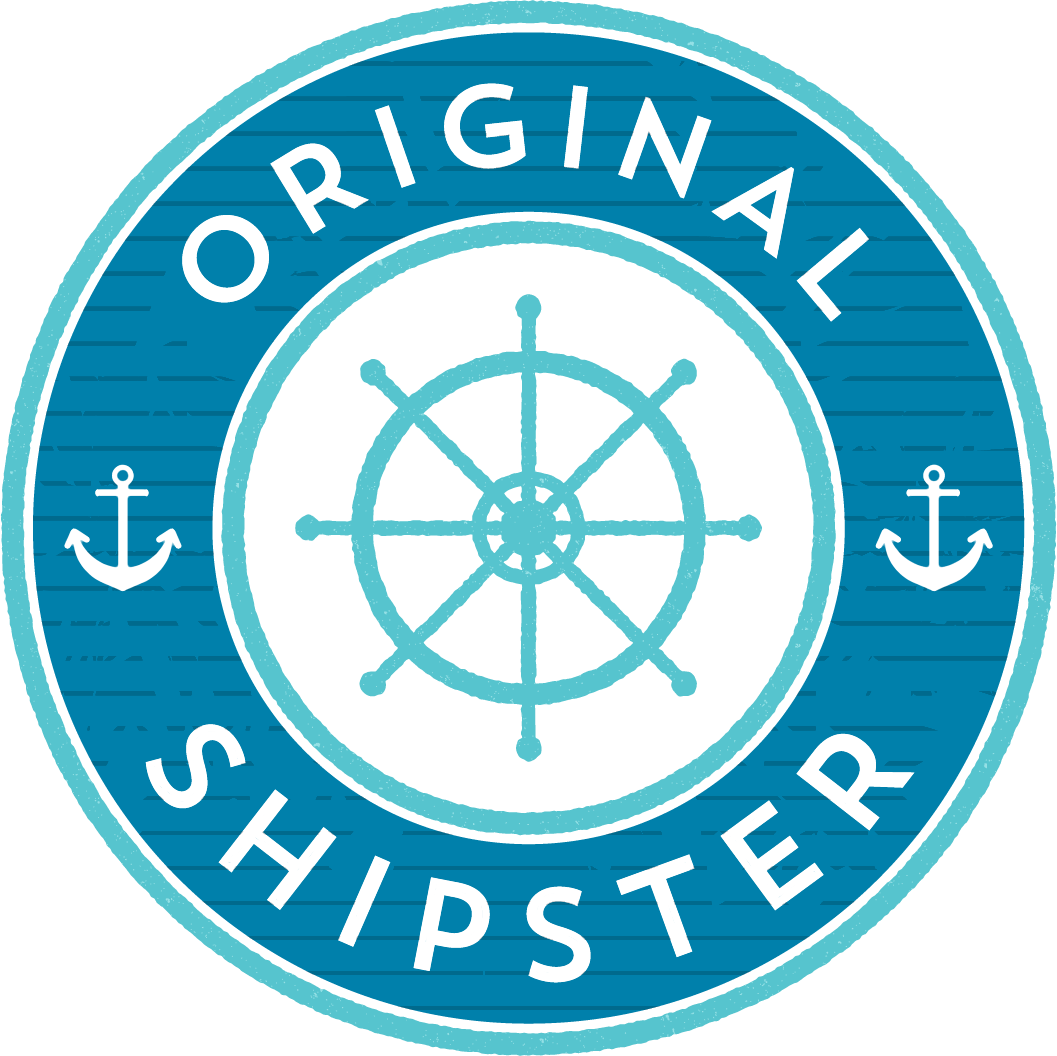In The Harbour: CCGS Louis S. St-Laurent
Hello all! Winter is just around the corner in St. John's. It's gotten much colder, though we haven't had any snow yet (only a matter of time if the rest of the province is anything to go by). As everyone knows, with winter comes ice, and without this weeks ship a lot of communities would be sealed off for most of this cold season. This week, I am profiling the heaviest icebreaker in the Canadian Coast Guard fleet, the CCGS Louis S. St-Laurent.
Nationality: Canadian
Length: 119.8 metres
Beam: 24.4 metres
Draught: 9.9 metres
Weight: 11,345 tonnes
Class: Icebreaker
Crew: 46
Speed: 16 knots
Year: 1969
The Louis S. St-Laurent is a common sight throughout the year in St. John's. Usually moored along the far side of the harbour, near the battery, this giant Coast Guard vessel comes and goes quietly. Occasionally travelling alongside the heavy icebreaker CCGS Terry Fox, she's tasked with keeping seaways and waterways clear for ships through the south and western Arctic. Outfitted with a small helipad, two RHIBs and two other small over the side vessels, she can also be used in search-and-rescue and scientific missions. In addition, she can be tasked for escort operations in the Great Lakes, St. Lawrence Seaway and Atlantic coastline. During ice-heavy winters, she can be found along the St. Lawrence outside Montreal, QC, helping ships enter the busy port.
Over her 45 year long career, the Louis has participated in many notable missions. In September 1969, she sailed through the Northwest Passage with the SS Manhattan, the CCGS John A. MacDonald, the USCGC Northwind, and the USCGC Staten Island. Then in 1979, she completed the east to west transit of the Northwest Passage, finishing by circumnavigating the continent, and assisted by CCGS Franklin.
The Louis S. St.-Laurent alongside in St. John's. Photo by Heather Elliott.
In 1988, the ship went into what would be the first of many modernization projects. This one would take five years and would have her hull lengthened, new propulsion installed, and an updated navigation system. It was controversial even then because her upgrade was done instead of following through with the building of a new class of icebreakers.
In April of this year, the Louis went into dry dock at Davie Shipyard in Levis, Quebec for a $6.5 million critical refit. The refit allowed the ship to receive critical maintenance and upgrades that would be needed for her next trip. In addition to maintenance on her hull, communication, propulsion and navigation systems, a brand new multi-beam sonar system was installed in the ship.
In August 2014, the Louis and the Terry Fox embarked on a unique mission to the Canadian Arctic. The two ships sailed up to the North Pole, 20 years after the Louis and the USCGS Polar Sea had done the same thing. After "a visit from Santa Claus preceded a hockey game and an 'Ice Bucket Challenge' in support of ALS", the ships spent nine days in the area of the Lomonosov Ridge and up through the North Pole. They were gathering scientific data in support of Canada's Northern territory claims, and continue a previous assignment of mapping the ocean floor with her new sonar system. The entire mission would take nine weeks, including a return to Nunavut for a crew change.
The Louis docked at Pier 17 in St. John's. Photo by Heather Elliott.
She returned to St. John's in the last couple of months and has been docked at the end of the harbour. If other winters are any indicator, she will stay here until the ice begins encroaching on different communities and restricts their access to supplies and other necessities. She'll then sail out again, freeing the way for vessels to come and go from those areas. Until then, she'll sit quietly in St. John's until she is needed.
Until next time, everyone!
Images used this week are my own.
